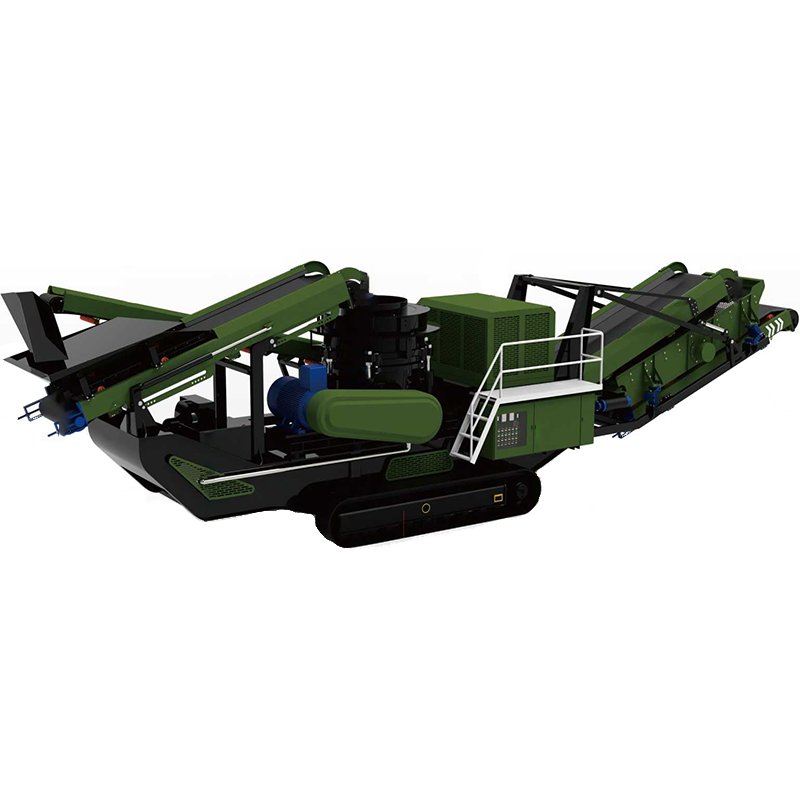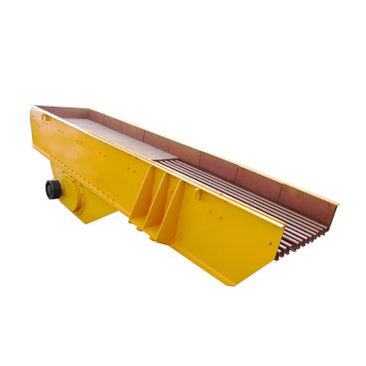Get the latest local business news delivered FREE to your inbox weekly.
MSHA's new rule on surface mobile equipment will go into effect on Jan. 19. Coal Jaw Crusher

WASHINGTON — The U.S. Department of Labor said a final rule on surface mobile equipment was published in the Federal Register on Dec. 20. The rule from the Mine Safety and Health Administration is intended to help protect miners from accidents, injuries and fatalities related to surface mobile equipment.
The rule becomes effective on Jan. 19, and compliance will be required beginning on July 17.
The rule requires mine operators to have written safety programs for surface mobile equipment — excluding belt conveyors — at surface mines and underground mines’ surface areas. The programs must include input from miners and their representatives and identify hazards and risks.
In recent years, powered haulage equipment and machinery have been the leading causes of serious and fatal mine accidents. So far in 2023, 40 mining industry workers have suffered fatal injuries, including 16 classified as machinery and 10 classified as powered haulage fatalities, according to MSHA.
MSHA said the final rule aligns with the agency’s overall effort to improve safety in equipment use.
“Given the number of serious and fatal machinery and powered haulage accidents that have occurred in recent years, the Mine Safety and Health Administration has worked hard to issue this final rule to enhance safety protections for miners working with and around surface mobile equipment,” Assistant Secretary for Mine Safety and Health Chris Williamson said.
“As MSHA works with the entire mining community to implement the new rule, we strongly encourage everyone to prioritize training and to identify and eliminate machinery and powered haulage hazards that can put miners’ lives and livelihoods at risk.”
During the development of the new safety rule, some commenters suggested that the rule should also apply to underground mines and equipment, but MSHA decided to only apply this rule to surface mobile equipment.
“Surface mobile equipment tends to be complex and large in size (compared to mobile equipment used at underground mines), which generates some unique hazards, such as large blind spots for equipment operators,” MSHA stated in the explanation of the new rule in the Federal Register.
“MSHA will continue to work with operators and miners in underground mines to deliver training and best practice materials to prevent accidents involving mobile equipment in underground areas and to provide safety protections for miners at these mines.”
MSHA had considered applying the rule only to mines which employ six or more miners, but some commenters said the rule should apply to all mines regardless of size. After a review of fatality data, MSHA incorporated this suggestion into its final rule, so that a written safety program for surface mobile equipment is required at all mines.
MSHA reviewed data from 2011 to 2020 on fatalities and injuries and accident investigation reports and found that fatality rates are lower at larger mines. According to MSHA, from 2011 to 2020 the average fatal incidence rates per 200,000 working hours were 0.0227 at mines with five or fewer employees; 0.0167 at mines with six to 20 employees; 0.0103 at mines with 21 to 100 employees, and 0.0079 at mines with more than 100 employees.
MSHA said its Educational Field and Small Mine Services staff will be available to provide all mines with assistance in complying with the new rule. The agency said it will work with mining industry stakeholders as it develops materials and templates to assist mine operators.
Earlier this year, Assistant Secretary Williamson sent an open letter to the mining community, noting MSHA will continue to use all its tools to combat the unacceptable upward trend in fatalities. The letter also announced an inaugural “Stand Down to Save Lives” event to encourage the nation’s mining community to take steps to prevent injuries and illnesses.
Other MSHA initiatives to combat the number of mining accidents, injuries, and fatalities in machinery, powered haulage equipment and other areas include safety and health alerts, the “Take Time, Save Lives” campaign, Powered Haulage Equipment Guidance, and an Enhanced Enforcement Program.
District managers will discuss compliance assistance for the mining industry at stakeholder meetings beginning in January 2024.
Get the latest local business news delivered FREE to your inbox weekly.
WASHINGTON – Two U.S. Mine Safety and Health Administration grants announced by the U.S. Department of Labor are going to Nevada – to the Dese…
A fatality from a rollover crash in Eureka County early Sunday morning is under investigation
The U.S. Mine Safety and Health Administration is proposing to enact stricter rules to reduce miners’ exposure to silica dust. But some people…
MSHA has cited NGM for violations related to the Jan. 23 fatal accident at Goldstrike Underground, but has not issued penalties yet. NGM is cu…
A report said about 2:28 p.m. on Dec. 14 a telehandler tipped over and struck Jay Swaffar, 56, killing him.
MSHA's new rule on surface mobile equipment will go into effect on Jan. 19.

Mining Lifting Equipment Get up-to-the-minute news sent straight to your device.